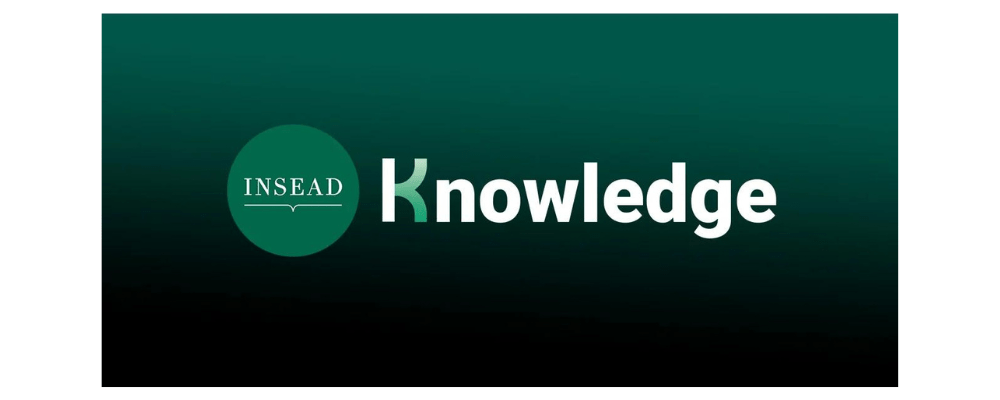
In a conference room at its leafy campus in Seattle, Microsoft’s board members engage in what might appear to onlookers as intellectual combat. Directors challenge assumptions, disagree openly with the CEO and occasionally upend conventional wisdom. Beneath this seeming friction lies something revolutionary: carefully cultivated psychological safety that transformed Microsoft from a tech giant losing its edge into a trillion-dollar innovator.
Under the stewardship of CEO and board chair Satya Nadella, Microsoft’s board abandoned its former culture of deference and tension. Instead, it embraced an environment where directors speak their minds without fear – a shift that helped the company pivot away from its faltering Windows-centric strategy towards cloud and AI dominance.
At boards such as Microsoft’s, directors are confident of speaking up without fear of negative consequences. After all, research indicates that board effectiveness hinges on socio-psychological processes related to participation, information exchange and critical discourse. Feeling psychologically safe is a big part of such engagement: Boards with high psychological safety demonstrate inclusivity, creativity, learning, resilience and greater engagement.
Psychological safety is like water
In recent years, I’ve spoken with hundreds of directors who enthusiastically recommend psychological safety for their boards. The more experienced among them, however, were more cautious. One of them compared psychological safety to water: “One cannot live without it, yet too much of it may drown you.”
In practice, “too much” psychological safety manifests itself at boards where directors say what they want without considering the context, or without trying to advance collective decision-making.
The result: Reduced accountability, ineffective collaboration and insufficient critical thinking.
The solution? Balance psychological safety with a focus on results, intellectual rigour, collaboration and accountability. Below, I outline how board chairs can accomplish this.
Leading the board towards psychological safety
Effective chairs recognise that psychological safety emerges from collective effort rather than a top-down mandate. While every director contributes to this environment, the chair’s leadership role remains pivotal.
The most successful chairs act as “leaders on the side” rather than commanding bosses. They practise what I call “3E’s leadership” – engaging directors in the process, enabling them to practice psychological safety and encouraging them to sustain it.
Engaging
Psychological safety requires everyone’s commitment. Here’s how skilled chairs get people on board: “At my first meeting as chair, I spent 10 minutes discussing psychological safety – how I discovered it, why it’s crucial for boards and how we could create it together,” said an experienced board leader. “This sparked an hour-long conversation. Now, we end every meeting by discussing how safe each of us feels.”
A more in-depth approach could include onboarding sessions, training programmes or workshops with external experts. Chairs should also conduct one-on-one meetings with directors, facilitate boardroom discussions with targeted questions about psychological safety, or form temporary committees to explore the issue.
“INSEAD, a contraction of “Institut Européen d’Administration des Affaires” is a non-profit graduate-only business school that maintains campuses in Europe, Asia, the Middle East, and North America.”
Please visit the firm link to site





